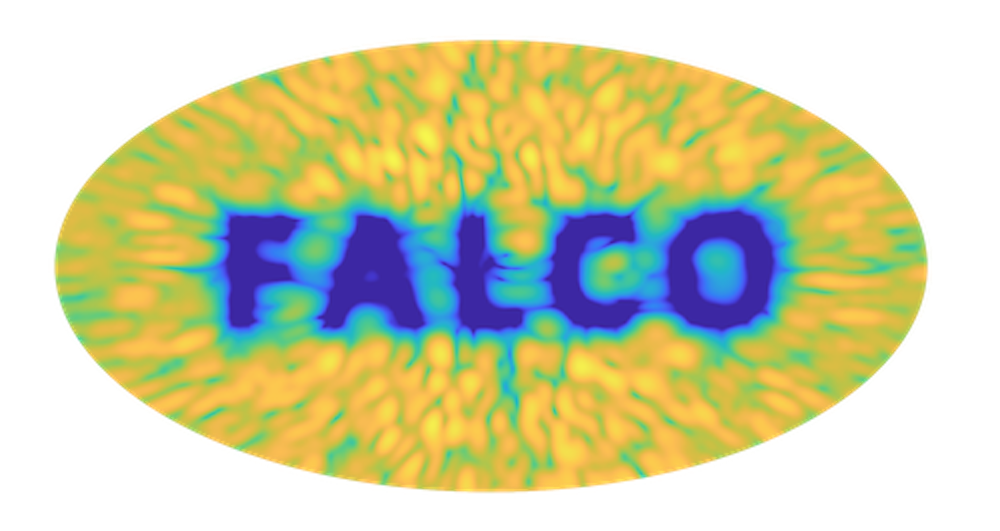Welcome to the GSFC Exoplanet Modeling and Analysis Center (EMAC)
EMAC serves as a catalog, repository and integration platform for modeling and analysis resources focused on the study of exoplanet characteristics and environments. EMAC is a key project of the GSFC Sellers Exoplanet Environments Collaboration (SEEC).
If you've used EMAC in any part of your research, please cite our RNAAS paper either in your methods section or in the "Software used" portion of any manuscripts; see the FAQ for more information.
More Information on EMAC for first-time visitors...If you make use of tools linked or hosted on EMAC: please use the following statement in your publication acknowledgements: “This research made use of the NASA Exoplanet Modeling and Analysis Center (EMAC), which is funded by the NASA Planetary Science Division's Internal Scientist Funding Model.”
Stay up to date with EMAC!- Subscribe to our monthly RSS messages on new updates and tools.
- Check out the Bluesky account @exoplanetmodels.bsky.social (not an official NASA account), where new tools and features are highlighted.
- Email us with general feedback at and tell us what you'd change or improve.
- Click the
 icon in a resource box to provide suggestions for an individual tool or tools.
icon in a resource box to provide suggestions for an individual tool or tools.
- EMAC is intended as a clearinghouse for the whole research community interested in exoplanets, where any software or model developer can submit their tool/model or their model output as a contribution for others to use.
- EMAC provides a searchable and sortable database for available source code and data output files - both resources hosted locally by EMAC as well as existing external tools and repositories hosted elsewhere.
- The EMAC team also helps develop new web interfaces for tools that can be run “on-demand” or model grids that can be interpolated for more individualized results.
- If you would like to submit a new tool/model to EMAC, please visit our Submit a Resource page.
- For help with tutorials for select resources/tools use the “Demo” buttons below and subscribe to our YouTube channel.
- Watch this video for a walk-through of the whole EMAC site, including how to submit a new tool and how to access information for each resource.
EMAC co-leads are Joe P. Renaud and Eric Lopez; more information on EMAC staffing and organization can be found on Our Team page.







